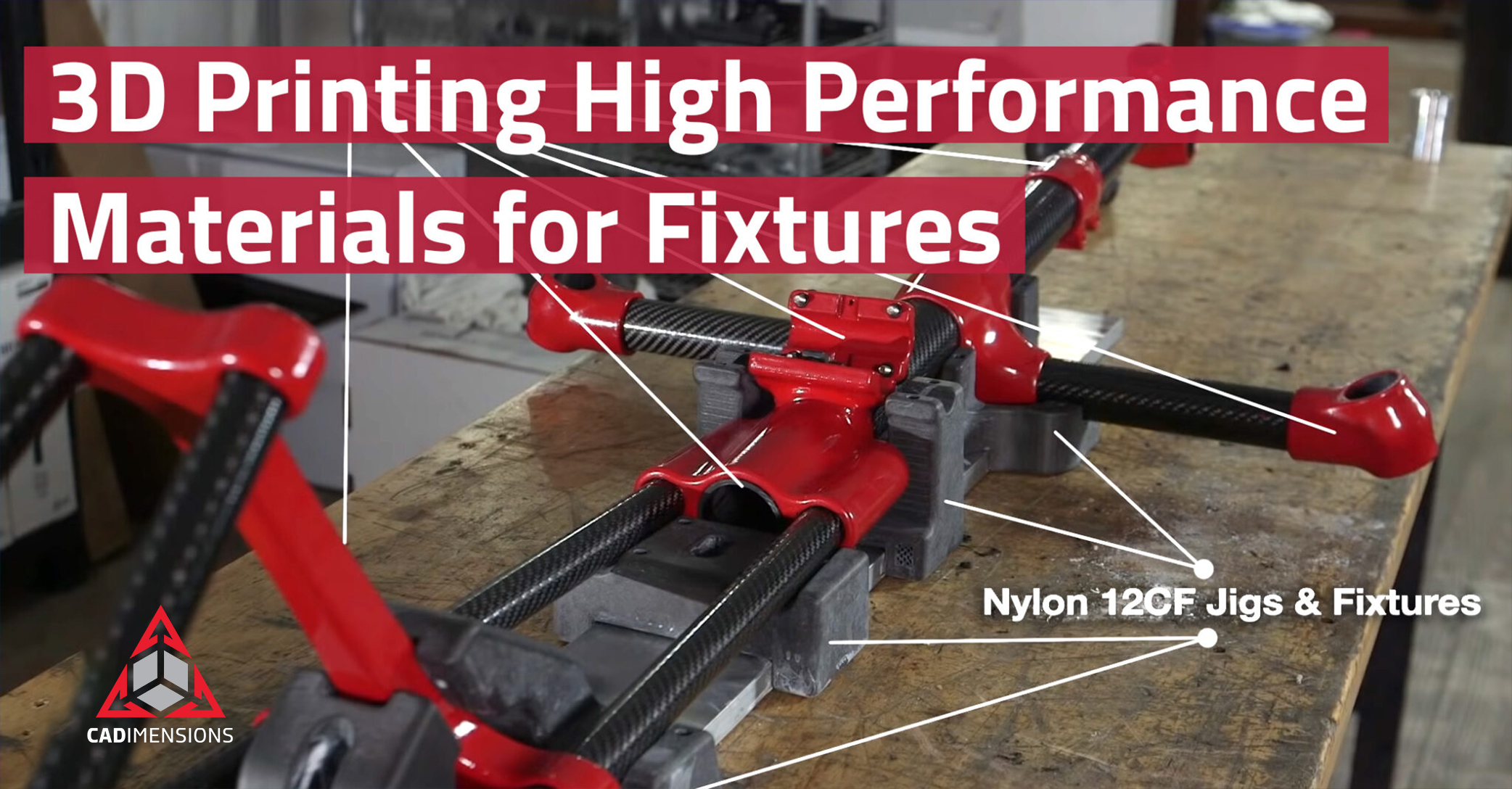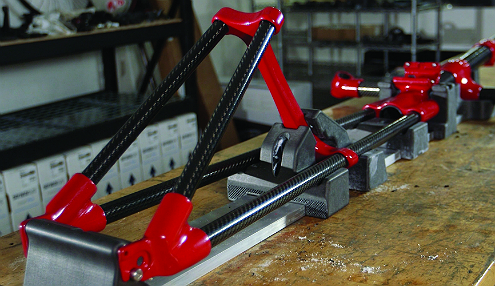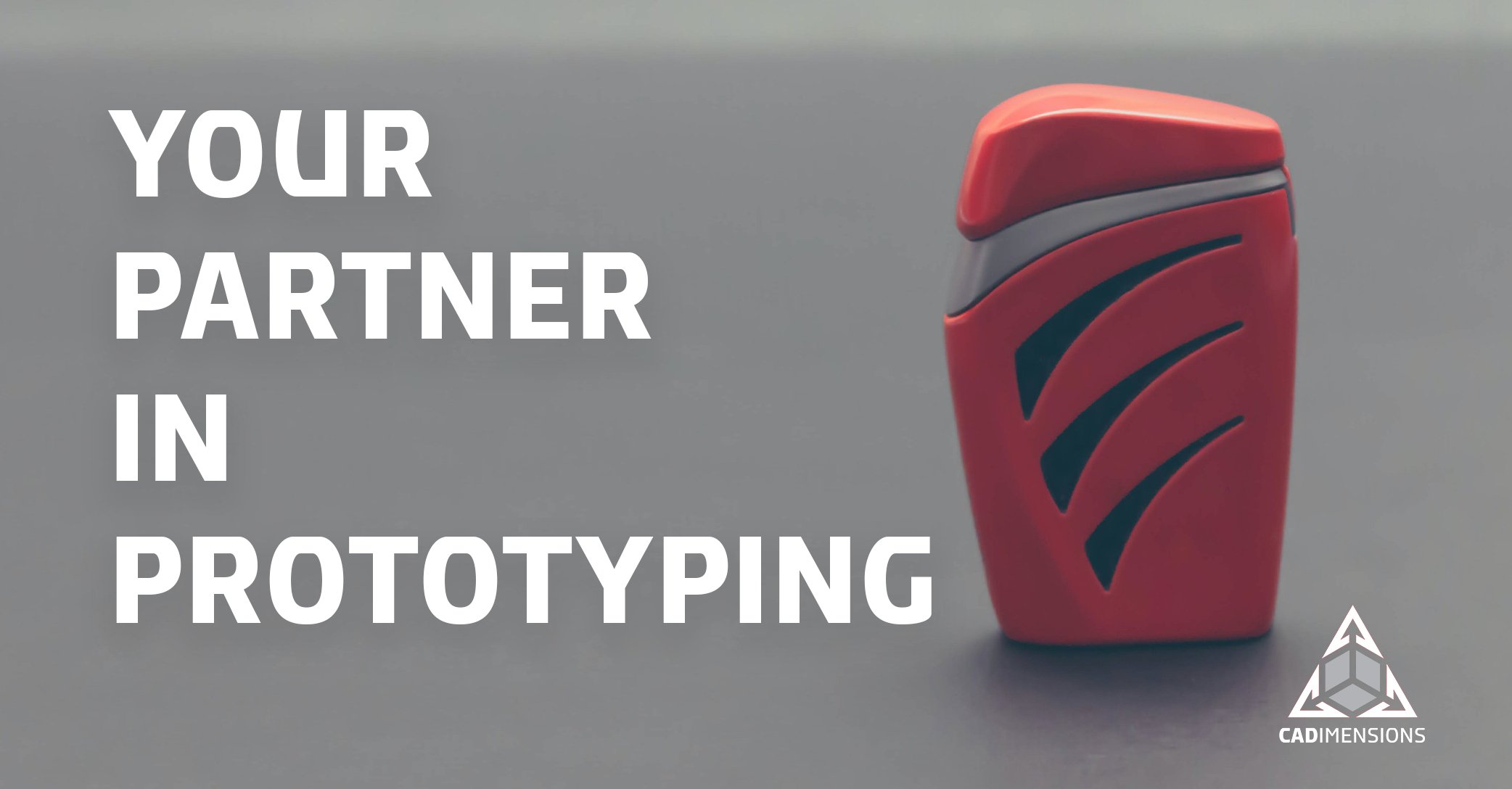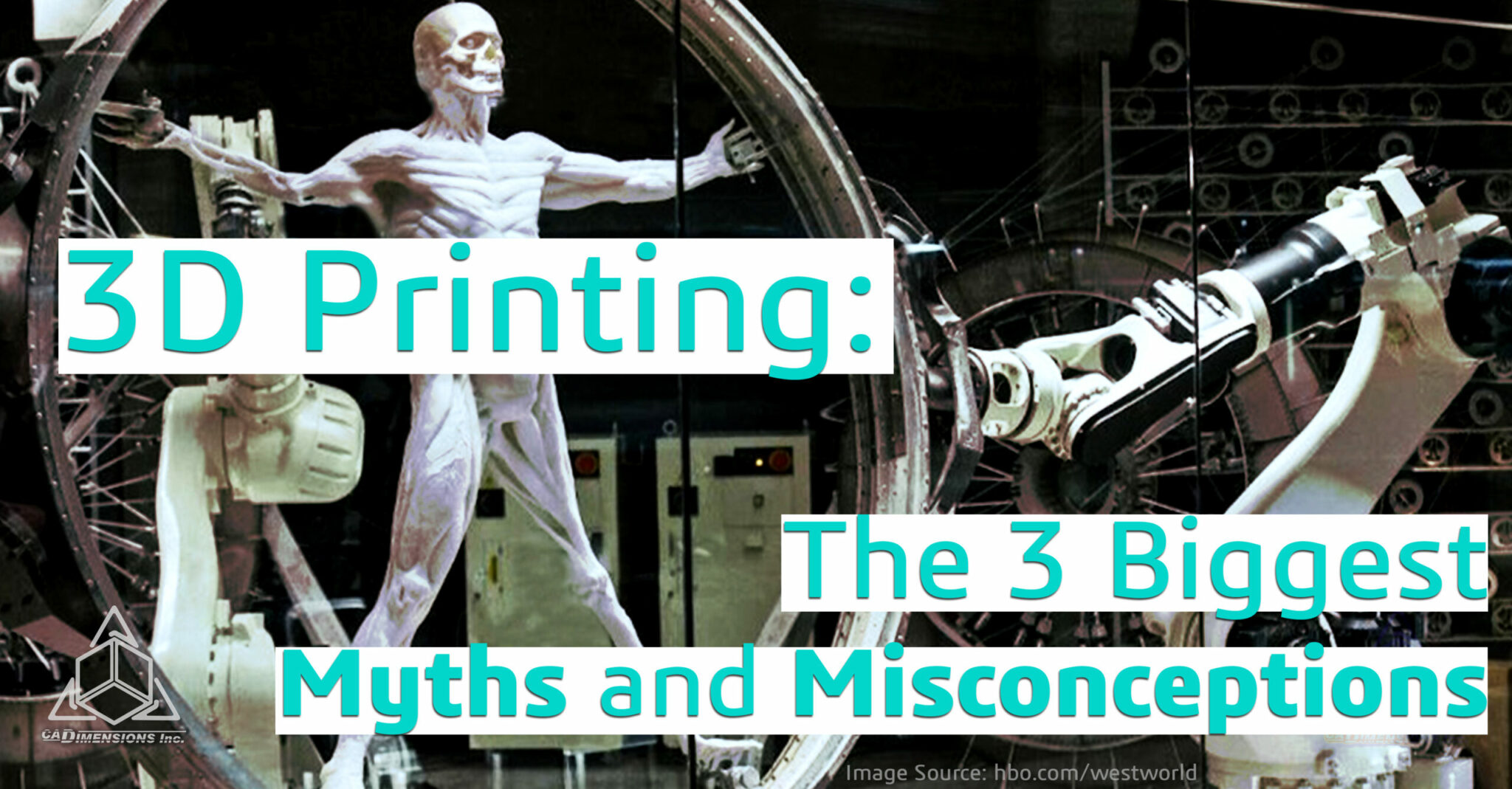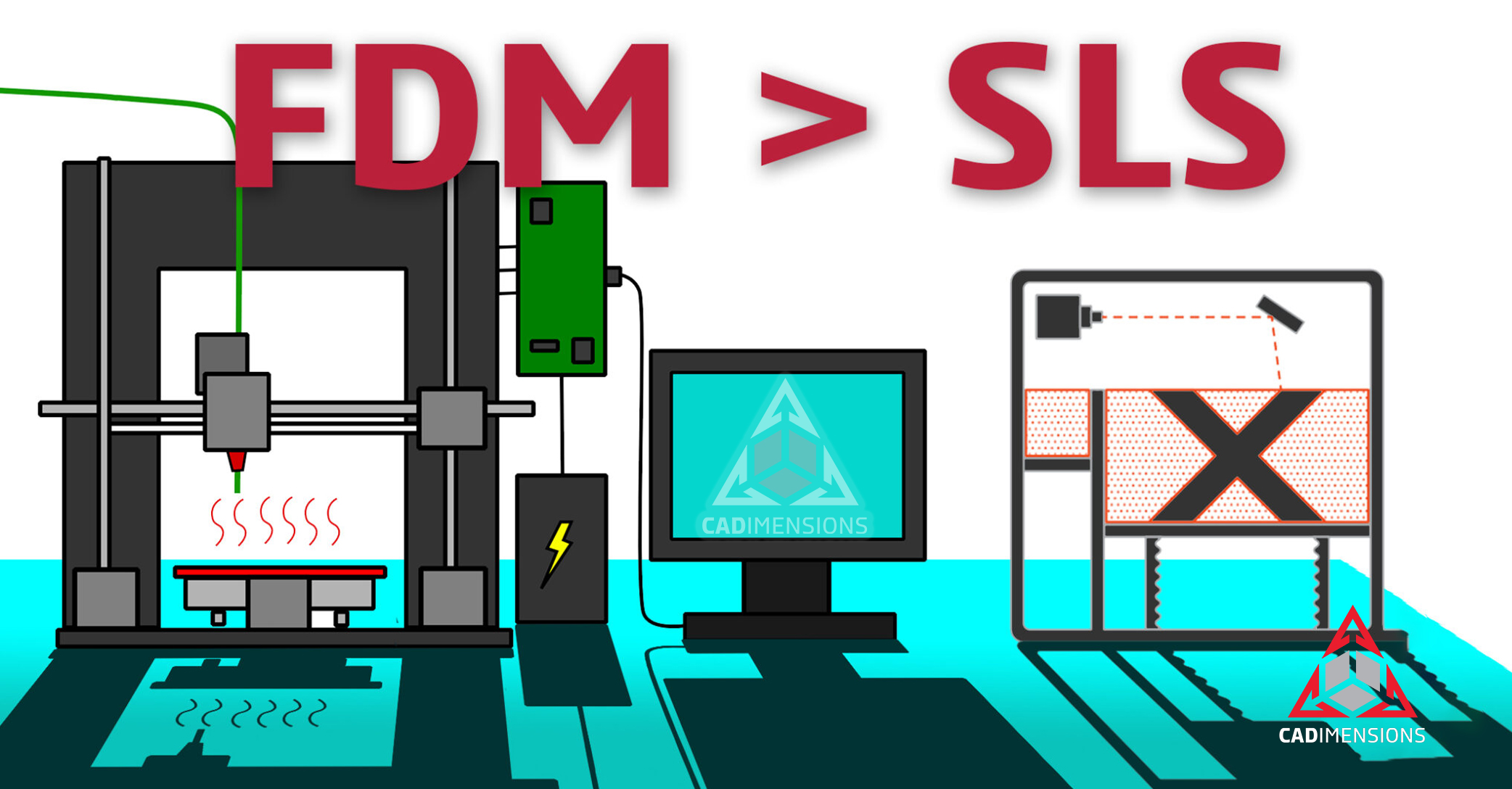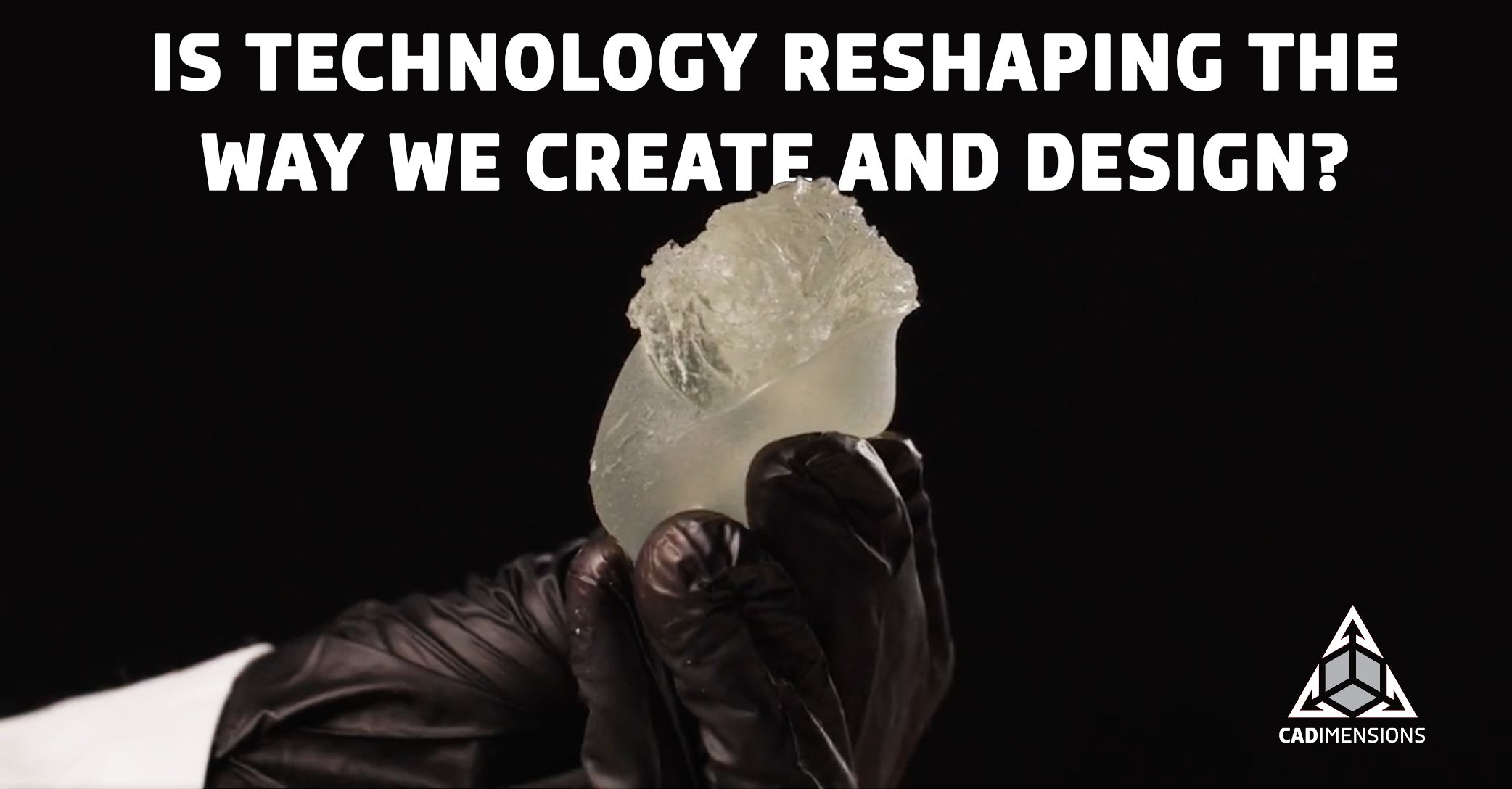3D Printing Fixtures with High-Performance Materials
If you manufacture parts or products, chances are your biggest problem is attracting and retaining a quality workforce. Machinists and tool and die makers are exceptionally hard to hire, as more people pursue universities instead of a trade school. This blog will explain how 3D printing fixtures eases skilled labor shortage pains.
In our current manufacturing environment, every hour of a skilled machinist’s time is valuable and should be spent doing precision work – not making fixtures. Jigs, fixtures, assembly aids and alignment tools should be handled by a 3D printer.
3D Printing Materials Stronger than ABS
3D printing fixtures is one of the easiest applications for the technology. Most of the companies I talk to first looked at 3D printing for prototyping purposes. However, they quickly saw a much larger return on investment by using 3D printing for jigs, fixtures, and assembly aids.
Some fixtures require more strength than others. Basic fixtures and alignment tools can be made with ABS plastic. For Utah Trikes, even high-performance Ultem wasn’t strong enough. When they started 3D printing with composite carbon fiber nylon, they had a lot more success.
4 More Reasons Why 3D Printed Jigs and Fixtures Work
1. Free Up Resources
Too often, production equipment gets borrowed to make a fixture or prototype part, instead of being used to make the parts that keep the lights on. When you have no other option, you are stuck with the consequences of delayed shipments to customers. Adding a 3D Printer to your workflow to handle the fixtures enables you to use production equipment for production.
2. Decrease Design Time
There can be a lot of thought – and precious engineering time – that goes into designing the perfect work-holding fixture. Part of the reason it takes so long is that an engineer needs to design around the limitations of the humble 3-axis mill. 3D printers eliminate a lot of these design constraints so that fixtures can be designed and made faster.
3. Increase Worker Safety
Fatigued workers are a huge risk for manufacturing businesses. Lifting tools for hours on end is exhausting, and makes workers more likely to cut corners – or worse – make mistakes that end up as workers’ comp claims. 3D printing allows engineers to create ergonomic, lightweight tools. As a result, workers are less tired, happier, and safer.
4. Make Higher Quality Products
When jigs and fixtures are made out of expensive metal, it is only natural to want to save a few bucks by not making a jig when you know you really should. Instead of throwing together some scrap from the corner of the shop 3D printers make low-cost fixtures to get the job done right, and make a high-quality product you can be proud of.
